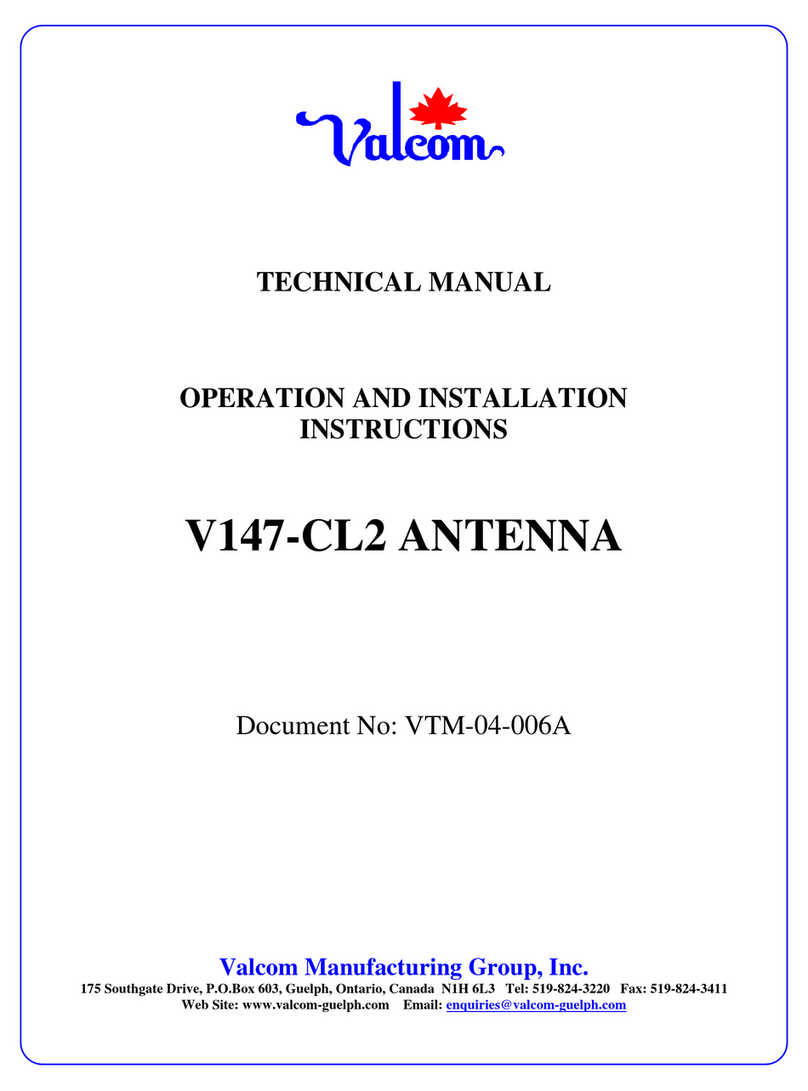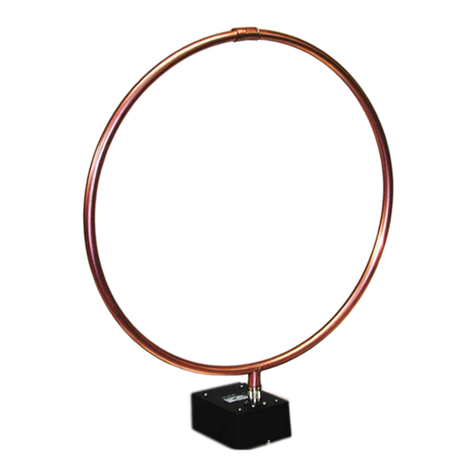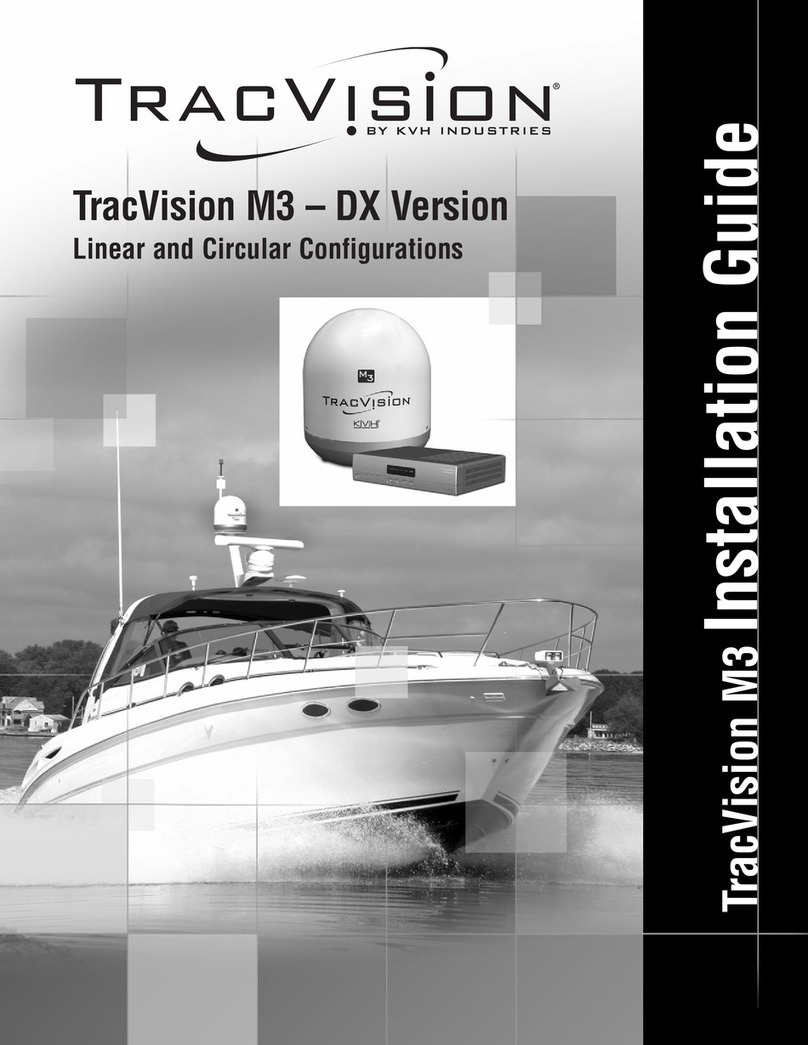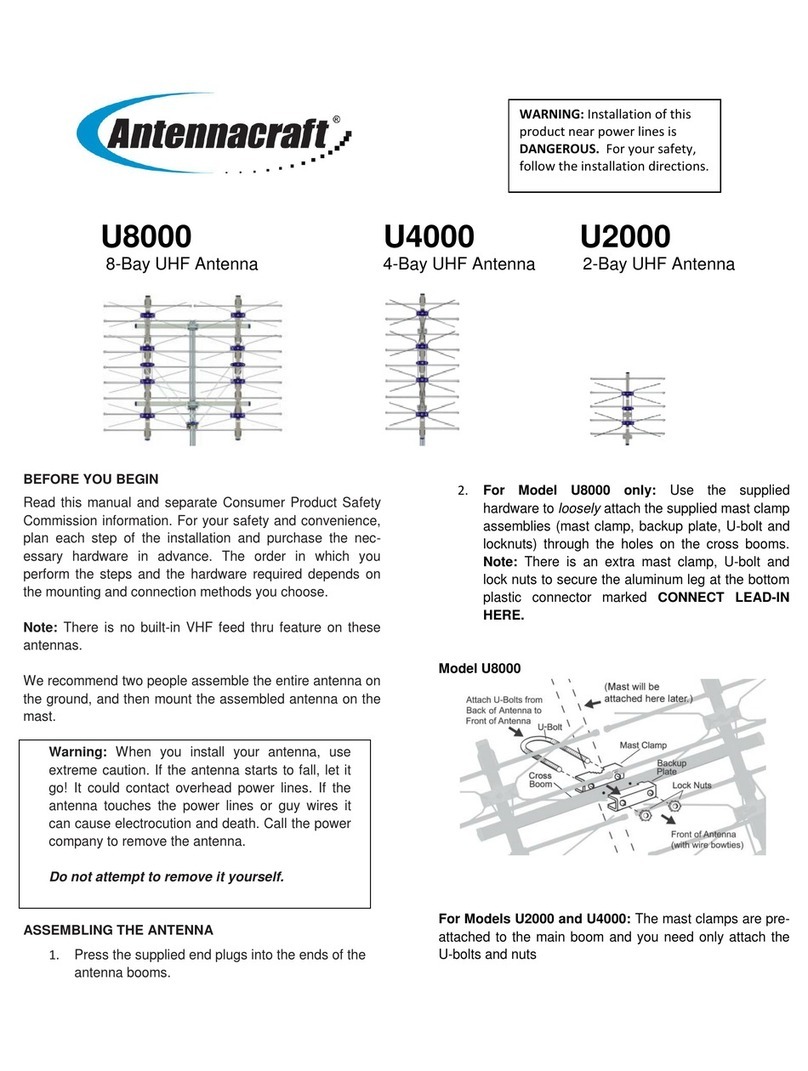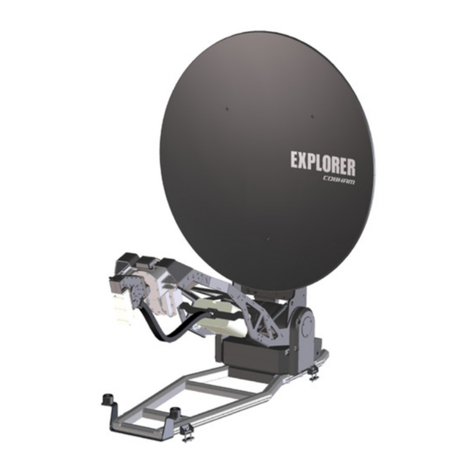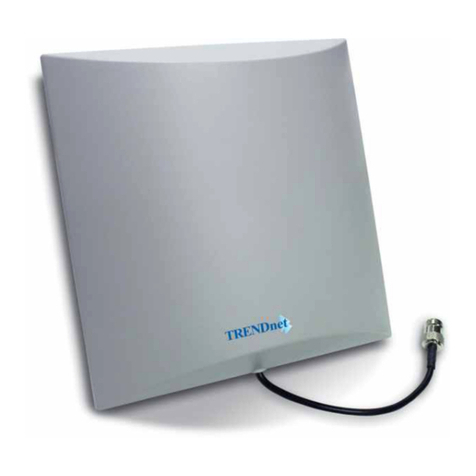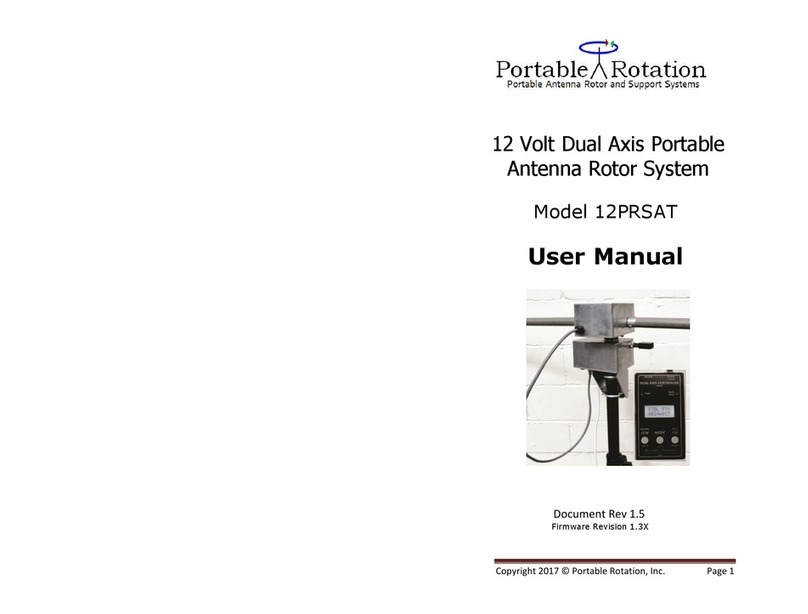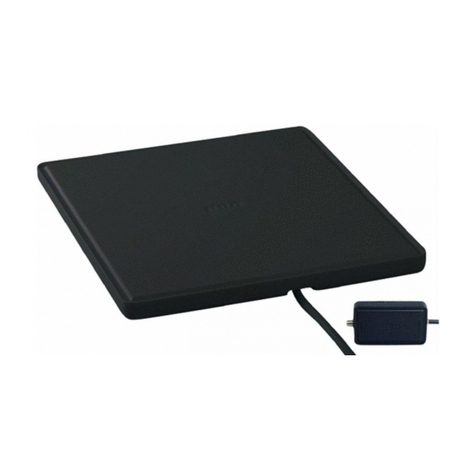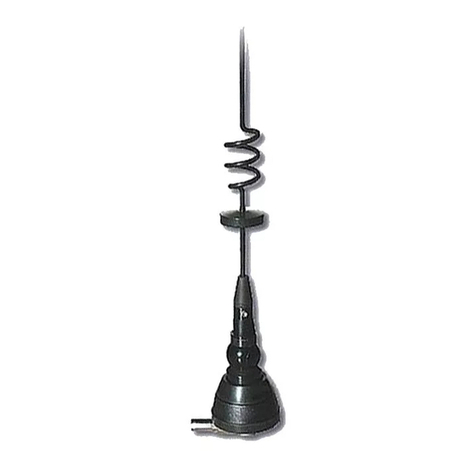User’s Manual
6
1.4 COVERAGE MAPS
Hellas–Sat 2 satellite provides four antennas for reception. The fixed coverage F1 and F2
antennas differ only in the shaping of the main reflectors. In practice they provide almost the
same coverage over Europe, N.Africa and Middle East.
Annex C provides the receive coverage areas in terms of G/T contours for F1, F2, S1 and S2.
The steerable antennas S1 and S2 are currently pointed to cover S.Africa and M.East/Eastern
Europe region respectively. S1 and S2 are of identical design.
Hellas- Sat 2 provides four antennas for transmission. The fixed transmit coverage of F1 and
F2 as well as those of the S1 and S2 are presented in Annex C in terms of EIRP contours.
1.5 TRANSPONDER GAIN ADJUSTMENT
Each transponder can be adjusted in terms of its gain. The adjustment is performed by a
channel amplifier (Camp) which is located before the TWTA. The Hellas- Sat 2 payload has 38
channel amplifiers. The Camp is a variable gain preamplifier for each individual TWTA and its
prime function is to limit the effects of rain fade. The Camp can be operated in two modes
selectable by ground command; Fixed Gain Mode (FGM) and Automatic Level Control (ALC)
mode.
In FGM, the gain of the Camp is selectable by telecommand. In this mode of operation, the
Camp has 27 gain steps (step 0 to 26 ), with a step size of 1.5 ± 0.3 dB.
In ALC mode, the Camp output signal power is set by telecommand to the required level while
the input power may vary over a specified dynamic range. In this mode of operation the Camp
has 17 gain steps (0-16), with a step size of 1±0.25 dB
From the operational point of view, the above arrangement provides flexibility to the earth
station operators in cases where the uplink station is power-limited and/or where power
compensation is required to cater for unpredictable link fade (rain etc.).
1.5.1 Saturation Flux Density (SFD)
The input power flux density for saturation of each channel is calculated at peak satellite
antenna gain. The peak saturated flux density is used in relation with the antenna G/T contours
relative to peak antenna gain and the sensitivity (gain step) of the transponder. The sensitivity
of each transponder may be adjusted independently from the others.
The SFD for transponder saturation at peak satellite antenna gain (at the maximum satellite
G/T point) ranges from about – 75 to – 115dBW/m² depending on the transponder gain step,
the antenna each transponder is connected to, and the particular TWTA.
Operationally, three gain modes are used; Low (L), Medium (M) and High (H). However, there
is the possibility to use other gain steps depending on the earth station EIRP capability, the
receive earth station G/T, earth stations location, the desired quality etc.

















